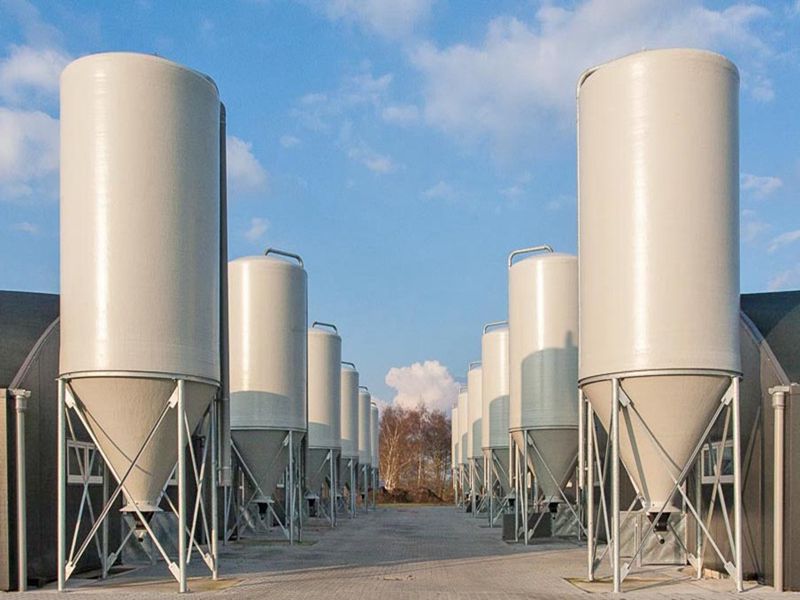
-
 Afrikaans
Afrikaans -
 Albanian
Albanian -
 Amharic
Amharic -
 Arabic
Arabic -
 Armenian
Armenian -
 Azerbaijani
Azerbaijani -
 Basque
Basque -
 Belarusian
Belarusian -
 Bengali
Bengali -
 Bosnian
Bosnian -
 Bulgarian
Bulgarian -
 Catalan
Catalan -
 Cebuano
Cebuano -
 China
China -
 China (Taiwan)
China (Taiwan) -
 Corsican
Corsican -
 Croatian
Croatian -
 Czech
Czech -
 Danish
Danish -
 Dutch
Dutch -
 English
English -
 Esperanto
Esperanto -
 Estonian
Estonian -
 Finnish
Finnish -
 French
French -
 Frisian
Frisian -
 Galician
Galician -
 Georgian
Georgian -
 German
German -
 Greek
Greek -
 Gujarati
Gujarati -
 Haitian Creole
Haitian Creole -
 hausa
hausa -
 hawaiian
hawaiian -
 Hebrew
Hebrew -
 Hindi
Hindi -
 Miao
Miao -
 Hungarian
Hungarian -
 Icelandic
Icelandic -
 igbo
igbo -
 Indonesian
Indonesian -
 irish
irish -
 Italian
Italian -
 Japanese
Japanese -
 Javanese
Javanese -
 Kannada
Kannada -
 kazakh
kazakh -
 Khmer
Khmer -
 Rwandese
Rwandese -
 Korean
Korean -
 Kurdish
Kurdish -
 Kyrgyz
Kyrgyz -
 Lao
Lao -
 Latin
Latin -
 Latvian
Latvian -
 Lithuanian
Lithuanian -
 Luxembourgish
Luxembourgish -
 Macedonian
Macedonian -
 Malgashi
Malgashi -
 Malay
Malay -
 Malayalam
Malayalam -
 Maltese
Maltese -
 Maori
Maori -
 Marathi
Marathi -
 Mongolian
Mongolian -
 Myanmar
Myanmar -
 Nepali
Nepali -
 Norwegian
Norwegian -
 Norwegian
Norwegian -
 Occitan
Occitan -
 Pashto
Pashto -
 Persian
Persian -
 Polish
Polish -
 Portuguese
Portuguese -
 Punjabi
Punjabi -
 Romanian
Romanian -
 Russian
Russian -
 Samoan
Samoan -
 Scottish Gaelic
Scottish Gaelic -
 Serbian
Serbian -
 Sesotho
Sesotho -
 Shona
Shona -
 Sindhi
Sindhi -
 Sinhala
Sinhala -
 Slovak
Slovak -
 Slovenian
Slovenian -
 Somali
Somali -
 Spanish
Spanish -
 Sundanese
Sundanese -
 Swahili
Swahili -
 Swedish
Swedish -
 Tagalog
Tagalog -
 Tajik
Tajik -
 Tamil
Tamil -
 Tatar
Tatar -
 Telugu
Telugu -
 Thai
Thai -
 Turkish
Turkish -
 Turkmen
Turkmen -
 Ukrainian
Ukrainian -
 Urdu
Urdu -
 Uighur
Uighur -
 Uzbek
Uzbek -
 Vietnamese
Vietnamese -
 Welsh
Welsh -
 Bantu
Bantu -
 Yiddish
Yiddish -
 Yoruba
Yoruba -
 Zulu
Zulu
Exploring the Benefits of FRP Dampers in Structural Engineering Applications
Understanding FRP Dampers Innovations in Structural Engineering
Fiber Reinforced Polymer (FRP) dampers have emerged as a significant advancement in structural engineering, particularly in enhancing the seismic resilience of buildings and infrastructure. These dampers utilize composite materials, typically composed of fibers such as carbon, glass, or aramid, embedded in a polymer matrix. Their unique properties offer numerous advantages over traditional damping methods.
What Are FRP Dampers?
FRP dampers are devices designed to absorb and dissipate energy during dynamic loads, such as earthquakes or strong winds. Unlike conventional dampers made from metals or elastomers, FRP dampers leverage the superior strength-to-weight ratio and corrosion resistance of composite materials. This allows for greater design flexibility and reduced maintenance costs, making them an attractive option for modern construction projects.
Key Benefits of FRP Dampers
1. Lightweight Yet Strong One of the most notable characteristics of FRP materials is their lightweight nature combined with high tensile strength. This property means that structures can be designed with less mass while still achieving necessary stability and performance.
2. Corrosion Resistance FRP materials are inherently resistant to corrosion, making them ideal for use in harsh environments or coastal areas where exposure to seawater and humidity can lead to rapid degradation of conventional materials.
frp damper

3. Enhanced Damping Performance FRP dampers effectively dissipate energy by converting it into heat, which allows structures to experience reduced vibrations and displacements during seismic events. This increased damping can lead to improved safety for occupants and reduced structural damage.
4. Design Flexibility The versatility of FRP materials permits a variety of shapes and configurations, enabling engineers to customize dampers for specific applications. This flexibility can also facilitate integration into existing structures without significant alterations.
Applications in Engineering
FRP dampers have been successfully implemented in various projects worldwide, from high-rise buildings to bridges and stadiums. Their effectiveness in mitigating the effects of dynamic loads has made them a preferred choice in regions prone to seismic activity. Additionally, ongoing research and development aim to refine their performance further, exploring the potential for hybrid systems that combine FRP with traditional materials for even better outcomes.
Conclusion
As the demand for resilient and sustainable structures increases, FRP dampers represent a significant leap forward in engineering design. Their lightweight properties, coupled with exceptional durability and performance, make them a leading choice in modern construction. With ongoing advancements, the role of FRP dampers in enhancing structural integrity will undoubtedly continue to grow, transforming the landscape of engineering and architecture.









